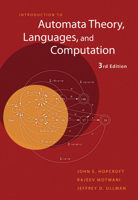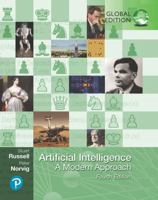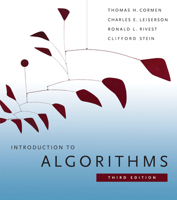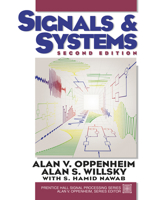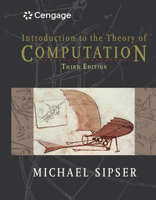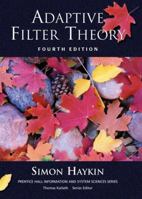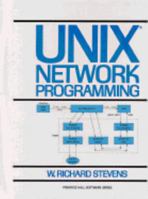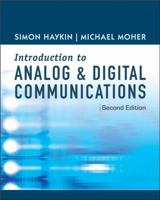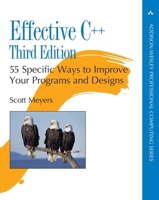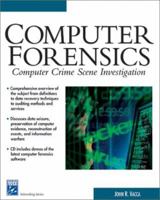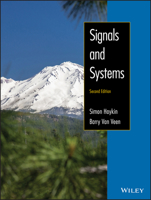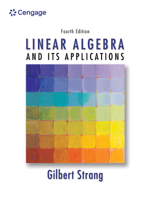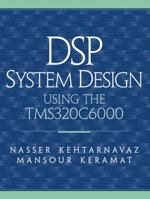Neural Networks: A Comprehensive Foundation
Select Format
Select Condition 
You Might Also Enjoy
Book Overview
Fluid and authoritative, this well-organized book represents the first comprehensive treatment of neural networks and learning machines from an engineering perspective, providing extensive, state-of-the-art coverage that will expose readers to the myriad facets of neural networks and help them appreciate the technology's origin, capabilities, and potential applications. KEY TOPICS: Examines all the important aspects of this emerging technology, covering the learning process, back propogation, radial basis functions, recurrent networks, self-organizing systems, modular networks, temporal processing, neurodynamics, and VLSI implementation. Integrates computer experiments throughout to demonstrate how neural networks are designed and perform in practice. Chapter objectives, problems, worked examples, a bibliography, photographs, illustrations, and a thorough glossary all reinforce concepts throughout. New chapters delve into such areas as support vector machines, and reinforcement learning/neurodynamic programming, Rosenblatt's Perceptron, Least-Mean-Square Algorithm, Regularization Theory, Kernel Methods and Radial-Basis function networks (RBF), and Bayseian Filtering for State Estimation of Dynamic Systems. An entire chapter of case studies illustrates the real-life, practical applications of neural networks. A highly detailed bibliography is included for easy reference. MARKET: For professional engineers and research scientists. Matlab codes used for the computer experiments in the text are available for download at: http: //www.pearsonhighered.com/haykin/ This description may be from another edition of this product.
Format:Paperback
Language:English
ISBN:8177588524
ISBN13:9788177588521
Release Date:January 1998
Publisher:Dorling Kindesley Pearson Education
Weight:2.40 lbs.












